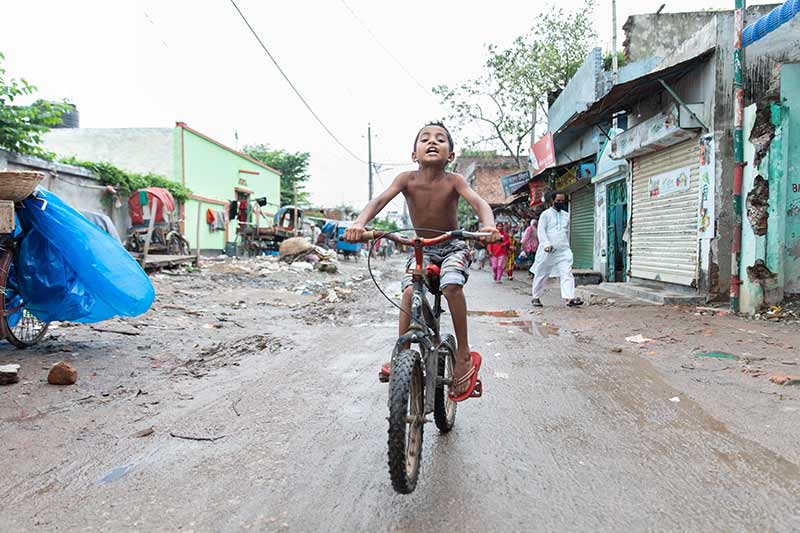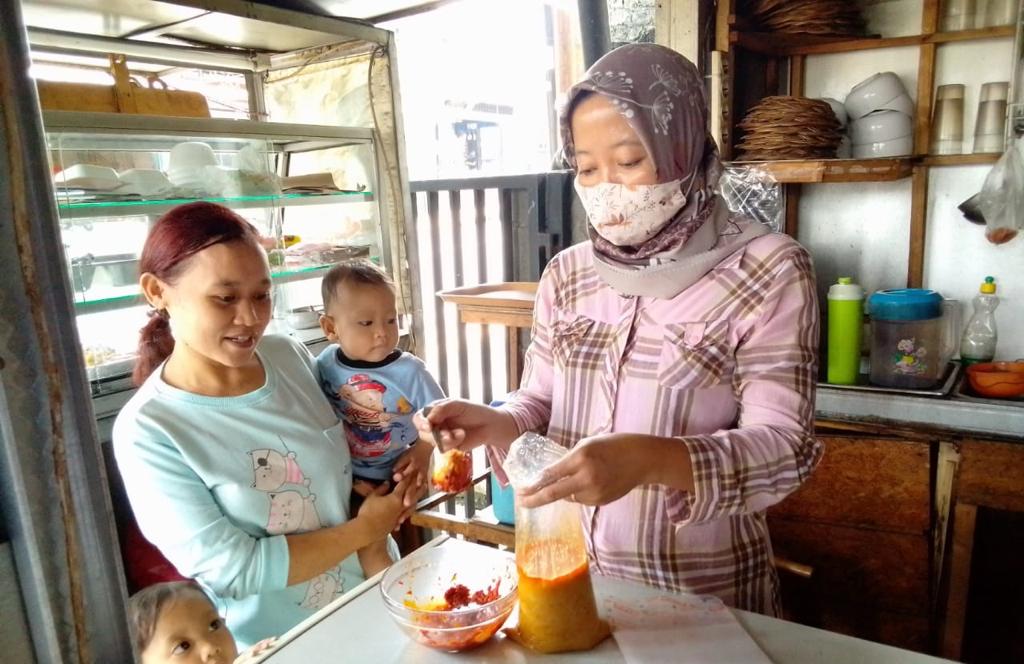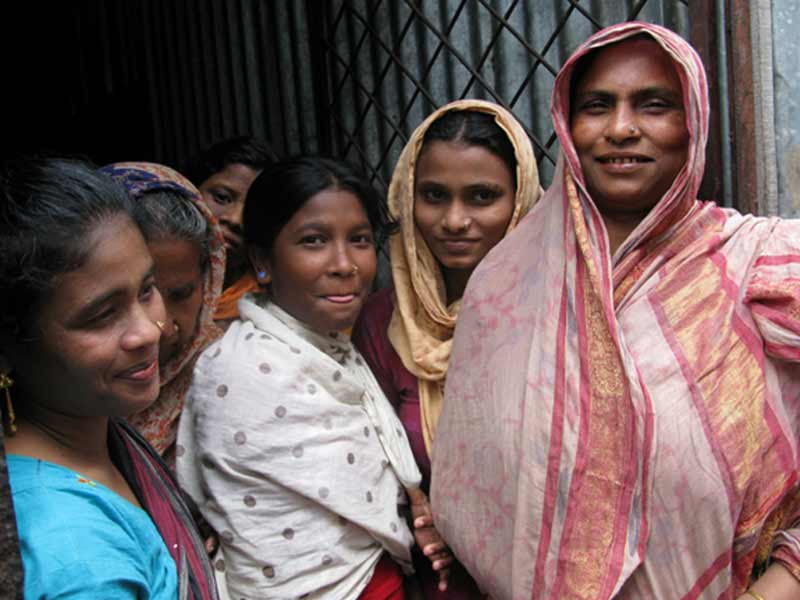
Around the world, people are moving into cities at an unprecedented rate. In 2007, the number of people living in urban areas surpassed 50% for the first time in human history. Today, that number is 55%, and it is projected to rise to 80% by 2050.
It was long thought that this urbanization would have positive effects on global food security, as people moved to urban areas with greater social and economic development – the so-called “urban advantage.”
Except, this has not been the case. As urbanization has spiked, so too has global food insecurity. More than 3 billion people now lack access to healthy diets worldwide, while one-third of children under five are malnourished.
Simply, the urban advantage has failed, nowhere more so than for children.
Failures of the ‘urban advantage’
In a broad sense, food is plentiful in cities. The issue is that urban areas concentrate poverty, and the “urban advantage” does not extend to those in poor areas and slums.
Consider, as rural people move into cities, they shift from being food producers to consumers, entering an environment “where access to cash alone determines their food security.” This is a tenuous situation for those in poverty. In fact, studies have shown that in the poorest urban areas, households spend up to 75% of their budgets on food.
Moreover, because food is brought into cities rather than grown, access is almost totally tied to functioning food systems. One need only think of the disruptions during COVID to see how fragile this arrangement is.
But even at the best of times, poor urban areas are often food deserts, where not enough food is available, or food swamps, where only low-quality, unhealthy food is accessible.
Taken together, this means that food insecurity and malnutrition in poor urban areas can actually be far worse than in rural areas.
Urban food insecurity hurts children worst
Malnutrition can impair a child’s physical and cognitive development, and lead to serious health problems later in life. In the simplest sense, higher food insecurity in poor urban areas means stunted development and poor health for the children who live there.
Further, many parents in poor urban areas work long hours in low paying, insecure jobs, meaning that they have neither the time to take care of their children nor the money to spend on childcare. Urban migrants may also have lost access to social networks who might have helped. This further stunts a child’s health and development.
The result is that while, on average, statistics show urban children are less likely to suffer from malnutrition than their rural counterparts, for children in poor urban areas, the opposite is true.
How to ensure child nutrition in an era of rapid urbanization
As urbanization continues to take place, placing more children than ever into the food insecurity of poor urban areas, the urgent question becomes, what can be done? How do we ensure child nutrition in an era of rapid urbanization?



